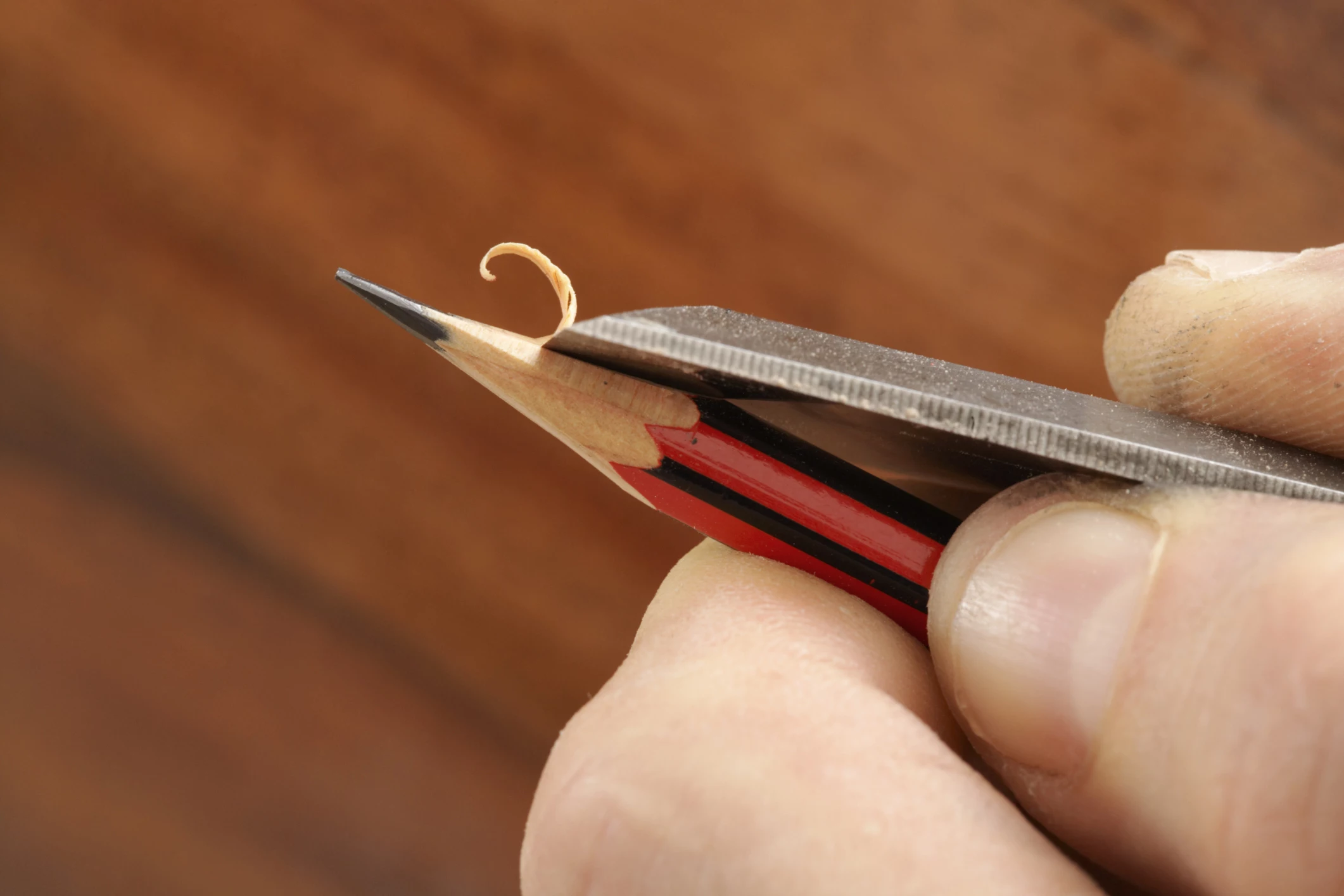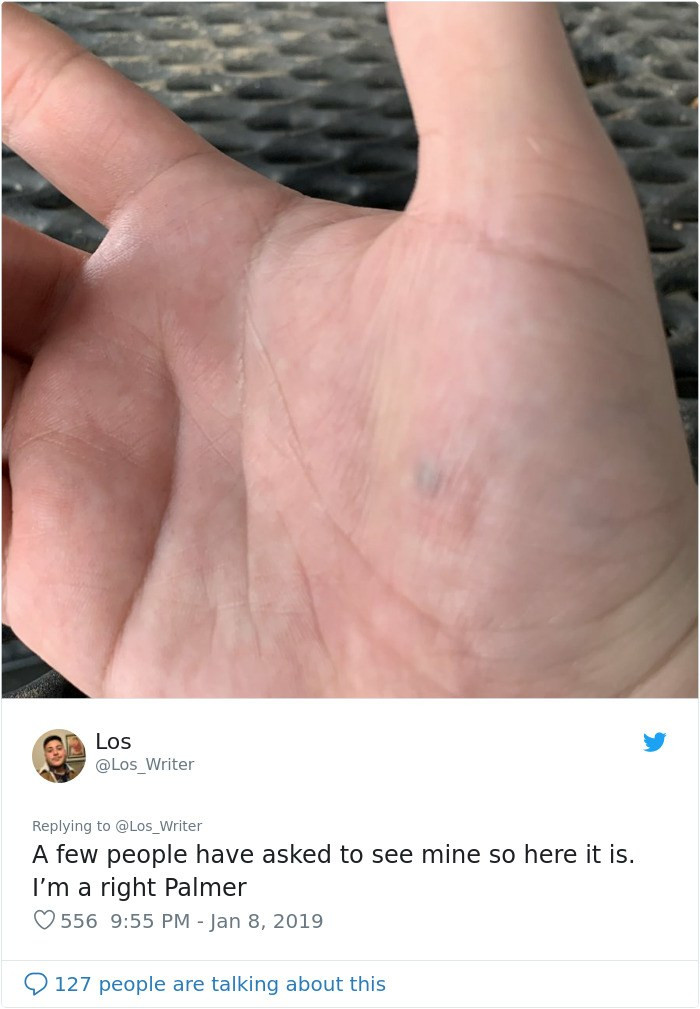
**What Happens If Pencil Lead Gets in Your Skin?**
As an avid artist, I’ve spent countless hours hunched over a sketchpad, the rhythmic scratching of pencil lead against paper being my constant companion. One day, in a moment of distraction, the sharp tip of my pencil dug too deeply into my finger, leaving behind a tiny, dark speck. Fear gnawed at me as I watched the black dot embed itself in my skin.
Fear not, graphite is generally non-toxic unless ingested in large amounts. However, having pencil lead in your skin can be concerning due to the potential for infection if proper care is not taken.
**Infection Risks**
The most significant downside to pencil lead in the skin is the potential for infection. Pencil lead is a foreign object, and your body’s immune system will attempt to remove it as an invader. This can cause inflammation and discomfort, and if left untreated, an infection can develop.
Signs of an infection include:
- Redness and swelling around the puncture wound
- Pain and tenderness
- Pus or drainage from the wound
- Fever
If you experience any of these symptoms, it’s important to seek medical attention promptly to avoid complications.
**Removal Techniques**
In most cases, pencil lead can be removed from the skin without professional medical intervention. Here are a few safe and effective methods:
- Tweezers: Sterilize a pair of tweezers and use them to gently grasp the pencil lead and pull it out.
- Needle: Sterilize a needle and use it to gently poke and loosen the pencil lead, then remove it.
- Bandage: Apply a bandage over the puncture wound and leave it on for several days. The pencil lead may work its way out naturally.
If you are unable to remove the pencil lead using these methods, or if you experience any signs of infection, seek medical assistance.
**Tips and Expert Advice**
To minimize the risk of infection and promote healing, follow these tips:
- Clean the wound thoroughly: Use soap and water or an antiseptic solution to clean the puncture wound.
- Apply a bandage: Keep the wound covered with a sterile bandage to prevent dirt and bacteria from entering.
- Avoid picking or scratching: This can increase the risk of infection.
- Seek medical attention if necessary: If you experience any signs of infection, see a doctor immediately.
- Use a new pencil: Sharpen or replace your pencil to avoid any remaining lead in the wound.
**FAQ**
Q: What should I do if I swallow pencil lead?
A: Pencil lead is generally non-toxic, but ingesting large amounts can cause digestive problems. Seek medical attention if you have swallowed pencil lead, especially if you experience abdominal pain or discomfort.
Q: Can pencil lead cause cancer?
A: No, pencil lead is not known to cause cancer.
Q: Is it safe to leave pencil lead in my skin?
A: It is generally safe to leave small amounts of pencil lead in the skin, but it’s important to monitor for signs of infection. If you experience any pain or discomfort, consult a doctor for removal.
**Conclusion**
While having pencil lead in your skin can be a bit alarming, it’s usually not a serious medical issue. By following proper removal techniques and taking precautions to prevent infection, you can ensure a quick and painless recovery. And remember, the next time you’re sketching, take care to avoid any accidental jabbing!
Are you interested in learning more about graphite? Share your questions in the comments section, and I’ll be happy to assist you.

Image: www.pupperish.com

Image: www.pupperish.com
Twitter Thread Proves A LOT Of People Have Permanent Scars From Lead … To the Editor: Retained pencil “lead” may cause delayed foreign body granulomatous reactions in the skin.1 Pencil lead is actually made of graphite (66%), clay (26%), and wax (8%), each of which can induce a tissue reaction.1 The clay component, for instance, may contain silica, which is an agent known to cause delayed granulomatous reactions.1 The clinical and histologic appearance of